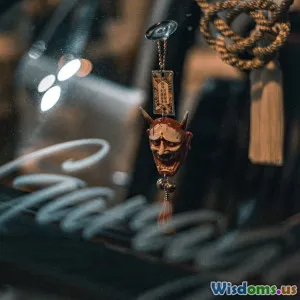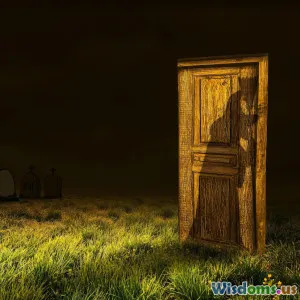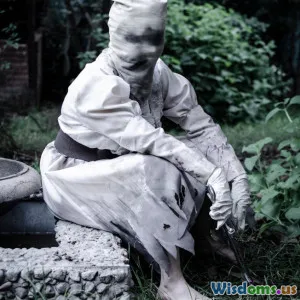
What Makes Bloody Mary the Queen of Urban Legends
12 min read Explore why Bloody Mary is the most enduring urban legend, tracing her mysterious origins, chilling rituals, and profound cultural impact worldwide. (0 Reviews)
What Makes Bloody Mary the Queen of Urban Legends
Few stories captivate—and terrify—like the tale of Bloody Mary. Passed around playgrounds, whispered at slumber parties, and invoked in bathroom mirrors, the legend has an eerie persistence, outliving countless contemporaries. But why has Bloody Mary earned her spot as the queen of urban legends? To answer this, we dive into the story’s chilling origins, its cultural resonance, and the unique mechanisms that keep it haunting new generations.
Tales Told in the Dark
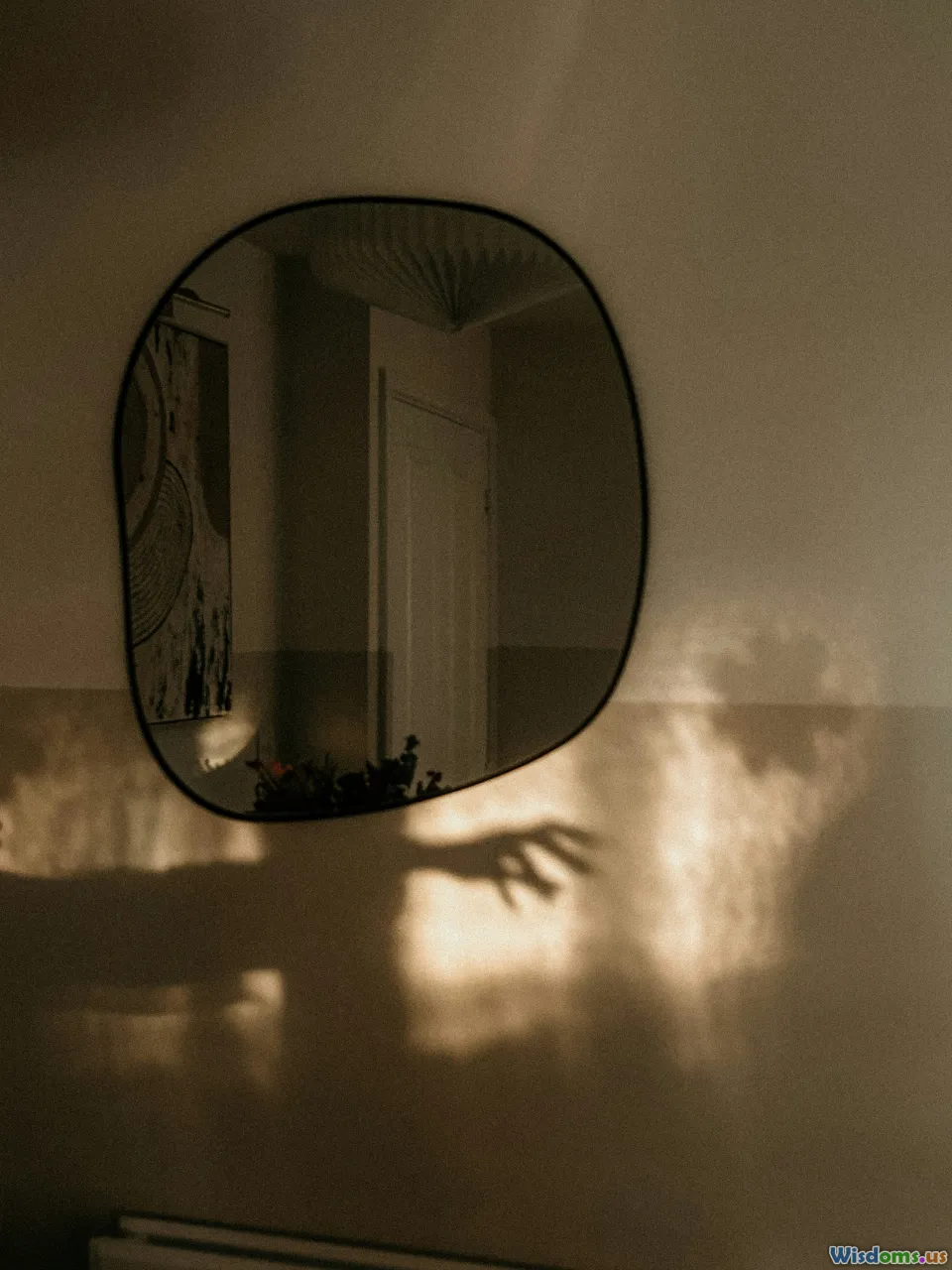
The birthplace of Bloody Mary isn’t a single definitive event but a tapestry of folk tales and fears. While today’s version often centers on summoning a bloodied apparition in the mirror by chanting her name thrice, the figure draws from ancient superstitions surrounding mirrors and reflections. For centuries, mirrors were believed to be gateways to the soul—or darker realms.
Children huddle in dimly lit bathrooms, the ting of anticipation thick as they whisper, "Bloody Mary, Bloody Mary, Bloody Mary." Some say they’ve seen a woman’s face, blood smeared across her cheeks; others insist a clawed hand once scratched their arm. The legend’s participatory component—summoning Mary by name—sets it apart from other stories that merely warn.
Such stories endure because they tap into the primeval blend of fear and curiosity. Gathering at a sleepover or campfire, children test their bravery and bond through shared fright. Bloody Mary, with her uncertain origins and guaranteed chills, is perfectly suited for these rites of passage.
The Mirror as Mythical Portal
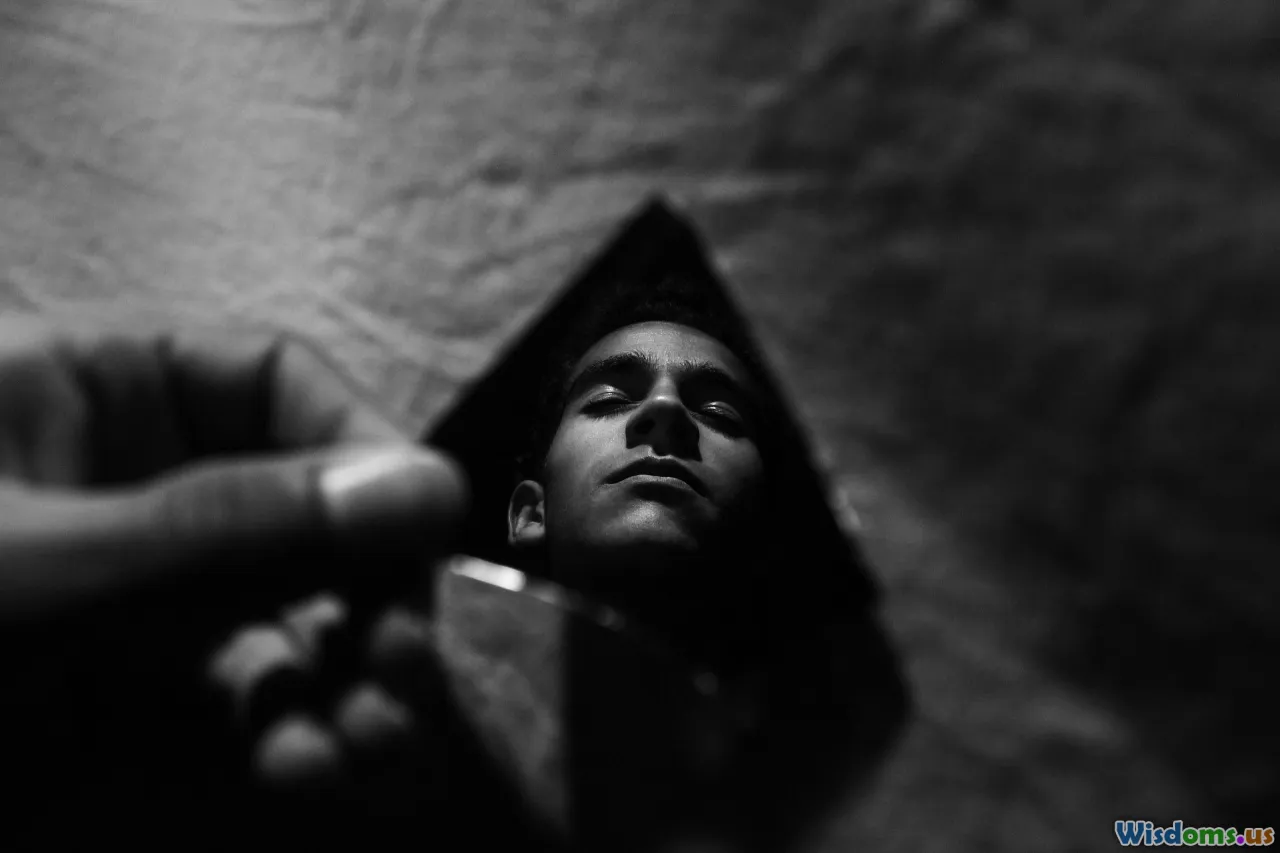
Mirrors possess a strong symbolism across cultures. Greek mythology spun tales of Narcissus, who was doomed for gazing upon his reflection. Superstitions argue that breaking a mirror brings bad luck—a belief dating back at least to Roman times, where mirrors were thought to reflect the soul itself. In Victorian lore, mirrors were covered after a death, lest spirits become trapped or lost.
These beliefs coalesce in the Bloody Mary ritual. The mirror isn't just glass; it's a potential door between worlds. Why a bathroom mirror? It’s often the only room with privacy, low lighting, and a ready sense of vulnerability. Add to this the tendency for our eyes to play tricks in dim light—imagination compiling shadows into shapes—and mirrors effortlessly become a canvas for horror.
Researchers have dubbed the phenomenon of seeing faces in mirrors under low light as the “strange-face illusion.” In 2010, psychologist Giovanni Caputo conducted an experiment in which participants stared at their own faces in a dim mirror for minutes; most reported seeing monstrous distortions. The Bloody Mary rite exploits the mind’s ease in conjuring phantoms.
The Many Faces of Mary

Who is Mary? Here, the legend sprawls. In some tellings, she’s a wronged woman—a murder victim, executed witch, or mother seeking her lost child. Others entwine the story with historical figures: Mary I of England, infamously known as "Bloody Mary" for executing Protestant dissenters, or folkloric specters from various cultures.
This malleability keeps the legend alive and easily localized. Each generation, region, and group can refashion Mary’s origin to fit their anxieties. Sometimes she’s connected to puberty (with the mirror symbolizing maturation), sometimes to vengeance, always to the border between known and unknown.
Similar ghostly figures echo in Japan’s Hanako-san, said to haunt school bathrooms, and Latin America’s La Llorona, the weeping woman. The universal need to warn, explain, or confront the macabre, especially regarding femininity and tragedy, allows Bloody Mary to take on new relevance again and again.
Rituals That Make the Legend Real
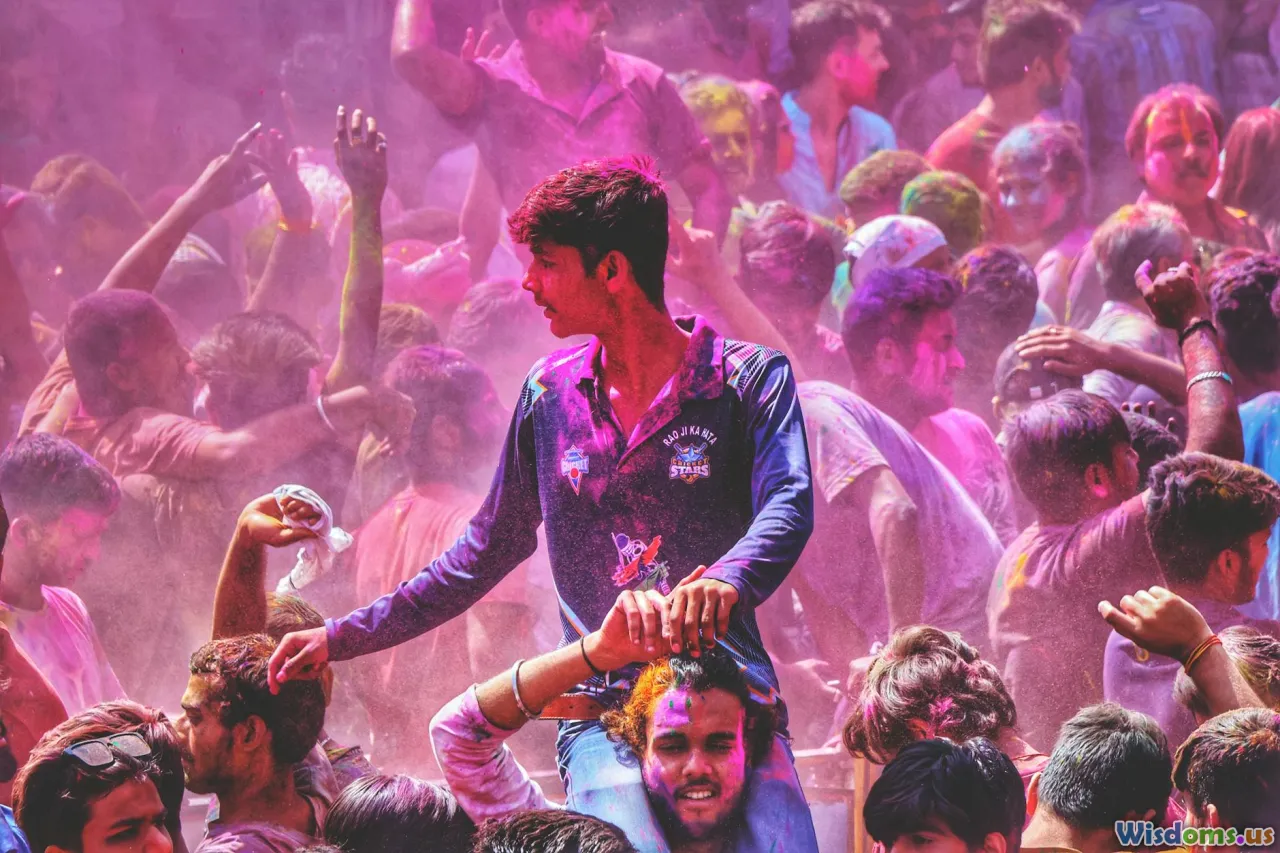
Unlike most urban legends where listeners are passive receivers (think of warnings about poison Halloween candy), Bloody Mary is realized through direct participation. This interactive aspect bridges the gap between skepticism and belief in a uniquely personal way.
The ritual usually includes turning off the lights, standing before a mirror, invoking her name, and sometimes using a candle or specific chants. Each detail—the darkness, the incantation, the isolation—serves to raise adrenaline and anticipation. Psychologists note that rituals create a sense of control or order in chaotic or uncertain situations—but in Bloody Mary’s case, they hone fear instead.
What happens next—whether someone sees a flash, feels a chill, or imagines a figure—doesn’t matter. The emotional reality is what leaves the impression. The participatory legend transforms each child into both the storyteller and the character, providing firsthand experience rather than just a tale. It’s urban legend as interactive theater.
Fear, Folklore, and Social Learning
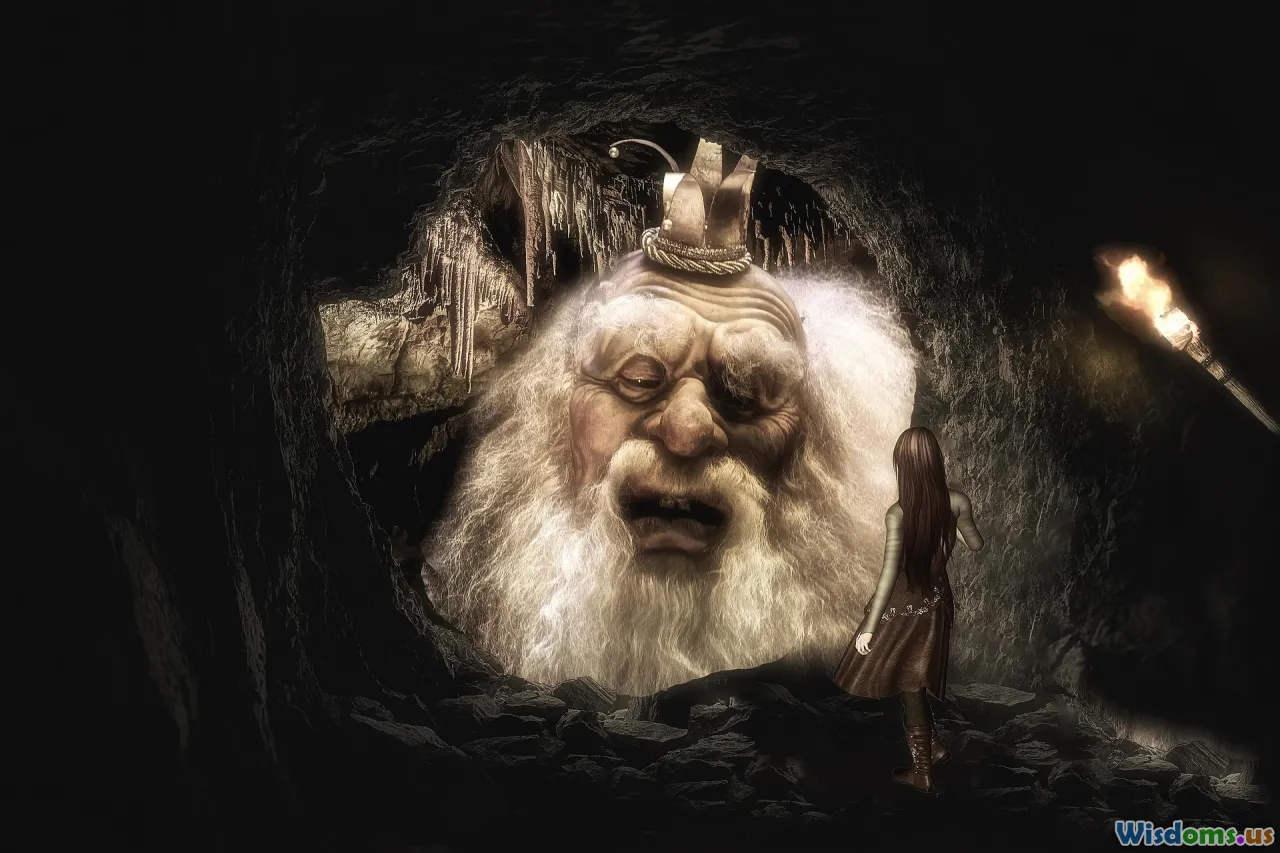
Urban legends perpetuate more than fear—they normalize communal experiences and teach social lessons. With Bloody Mary, the dare serves as a stress test for the boundary between bravado and fear. Groups bond over the shared uncertainty—who will do it? Who claims to have seen her? Who backs down?
In academic circles, this is referred to as "ostension"—acting out a folk narrative to test limits and extract meaning. Research in folklore reveals that such urban legends help children and adolescents process anxieties about growing up, bodily change, and independence. Bloody Mary, specifically, often serves as an allegory for these transitions—from childish games to adult dread.
The shared narrative also helps establish group norms, rewarding risk-taking and humility while punishing cowardice or boasting. In this way, Bloody Mary isn’t just a story; she’s a social tool, passed in whispers from one year’s cohort to the next.
Adaptation in Popular Culture
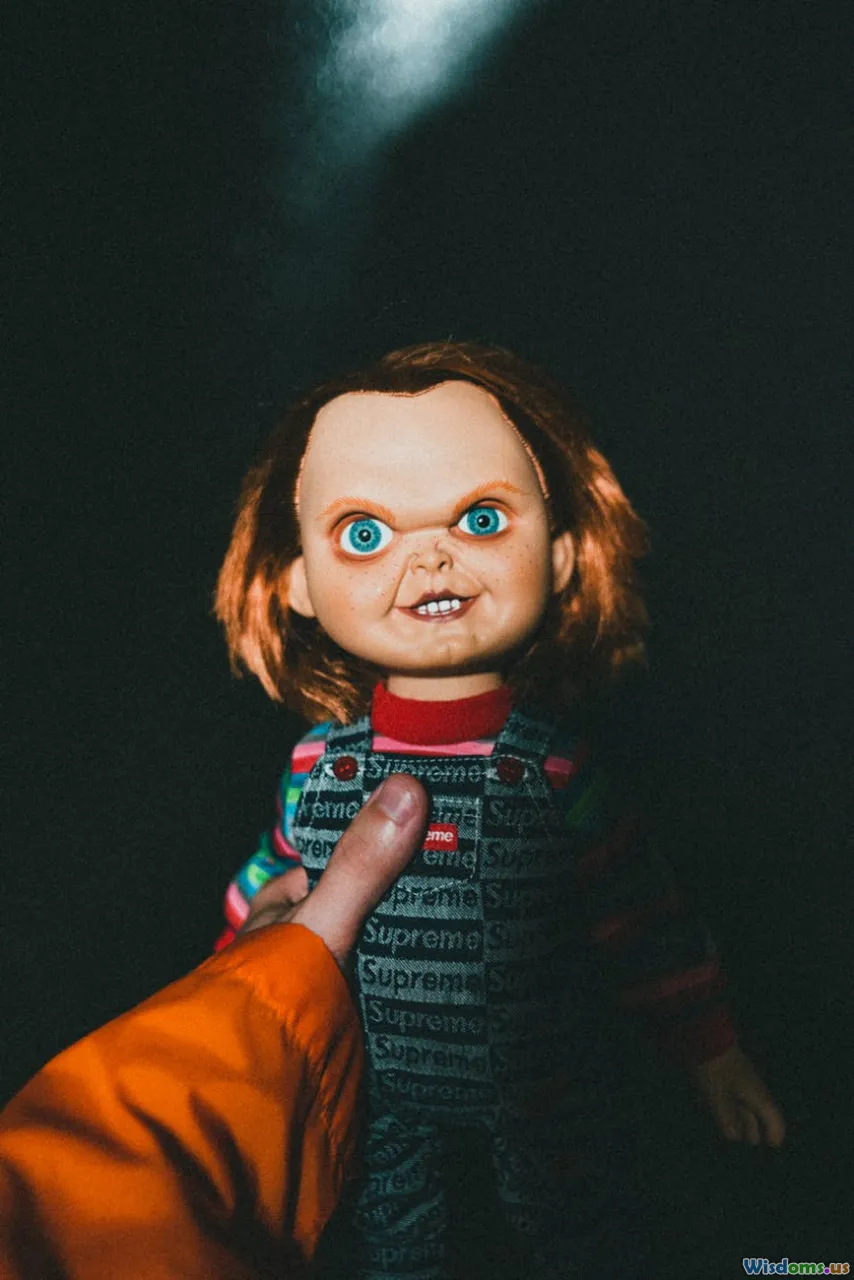
Hollywood and modern media are adept at mining legends for new chills, and Bloody Mary is no exception. The legend has inspired films such as 2005’s Urban Legends: Bloody Mary, episodes of Supernatural and American Horror Story, graphic novels, and children’s books. While iterations differ, each riff on the story brings Mary fresh attention—and fresh terror.
Through the lens of pop culture, Mary often shifts from faceless threat to richly realized ghost. Filmmakers imbue her with tragic backstories and dramatic encounters, heightening empathy while upping the ante for fear. Some adaptations dig deep into the psychology of the ritual, while others play up the visceral horror of the apparition. Either way, Mary’s power as symbol and scare builds steam with each retold version.
The Internet has further accelerated the legend, with YouTube challenges, viral TikTok trends, and collection sites where believers and doubters trade sightings. The story now flows seamlessly from oral tradition to digital folklore, ready to spring alive anytime someone dares the mirror at midnight.
The Enduring Power of Ritualized Fear
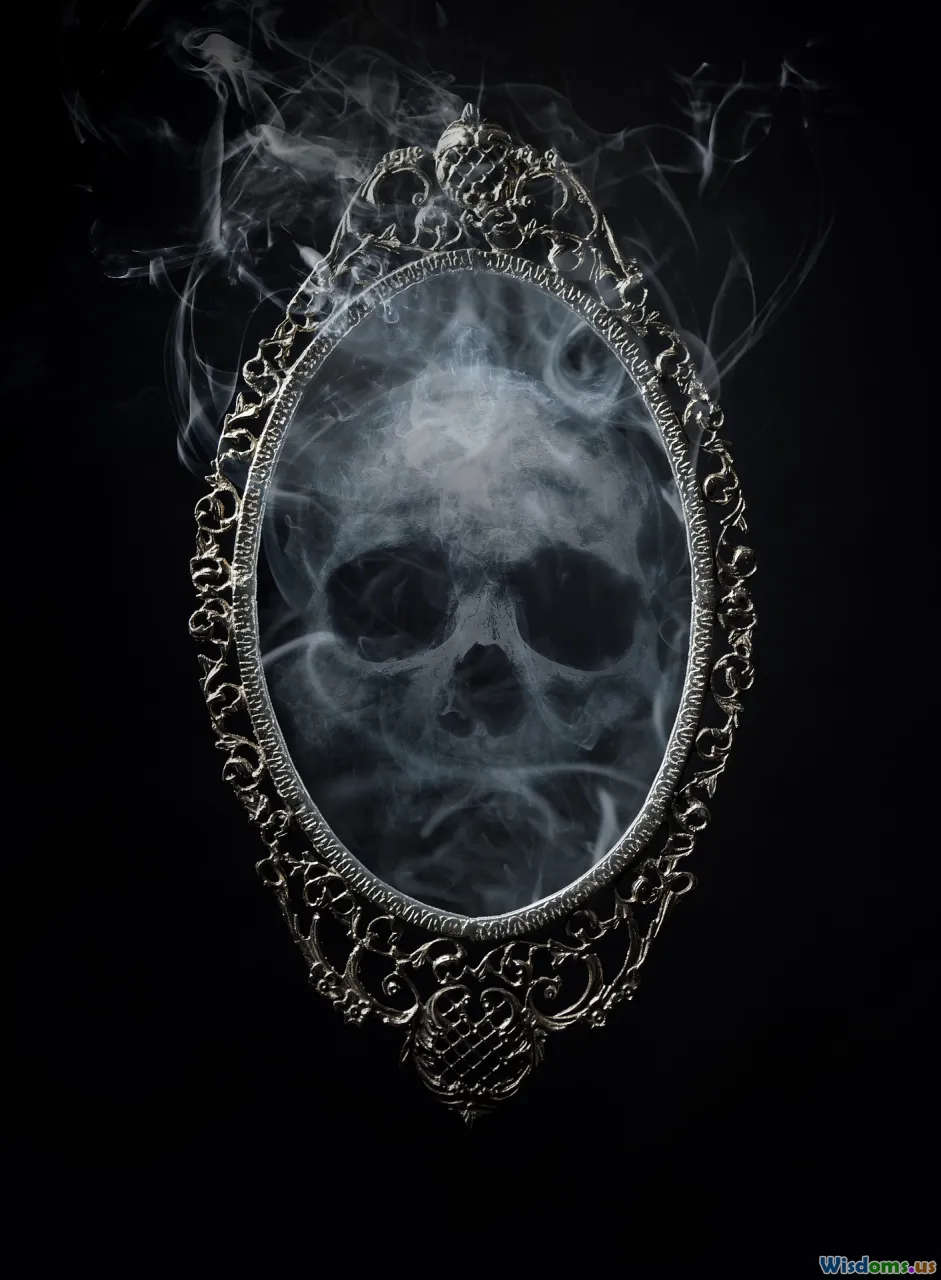
Ultimately, what cements Bloody Mary’s place at the summit of urban legends is the intertwining of simplicity, adaptability, and ritual. Unlike the diffuse, vague tales that lose clarity over retellings, Bloody Mary is refreshingly concrete: stand in the dark, look in a mirror, say her name, wait.
The universality of the ritual, coupled with the particularity of every retelling, means it is constantly renewed. Kids in the 1970s braved the mirror just as teens do today—although the pop culture framing and digital dissemination have given recent generations new ways and reasons to summon Mary. The thrill is eternal, seared by adrenaline.
There’s also something subversive in the legend’s sustainability. In an age of skepticism, where the internet offers instant fact-checking and science explains the strange-face illusion, Bloody Mary invites people—especially adolescents—to experience irrational, joyful terror. Such stories remain vibrant precisely because they aren’t true in the literal sense, and thus immune to disproof. They live in the frisson of possibility, the place where belief and disbelief come to test each other in the half-lit dark.
Bloody Mary endures as more than a cautionary tale. She’s a performance, a shared secret, a pop culture totem, and a mirror to the decades-long dance with the uncanny. Whenever souls dare themselves, or their friends, to face the unknown behind the glass, the queen of urban legends reigns anew.
Rate the Post
User Reviews
Other posts in Supernatural Legends and Folklore
Popular Posts












